How to Meal Prep: A Beginner’s Guide for Perfect Make-Ahead Meals
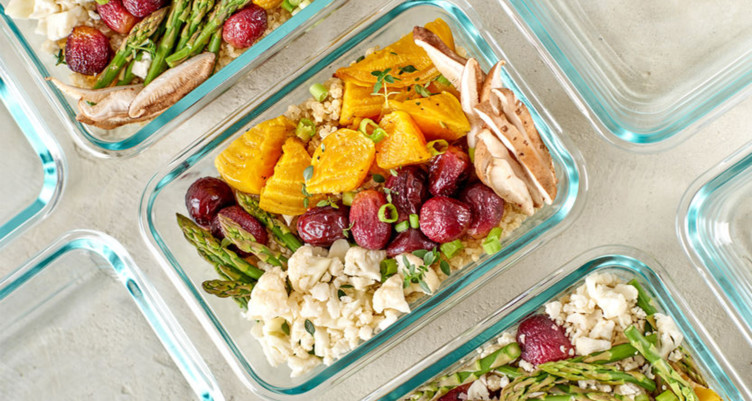
- Meal prepping is an easy way to save time, reduce waste and ensure you’re eating the right foods to help your body thrive.
- Discover tips and tricks to make meal prepping a success, along with common mistakes to avoid.
- Learn how Bulletproof can support your meal prep efforts, including easy recipes that turn simple ingredients into delicious dishes.
Meal prep is a convenient approach you can use to make delicious, homemade food you’ll want to eat every day—without the wait. And while the end results may look impressive, meal prep doesn’t require complicated planning or tools. All you really need is time and basic kitchen skills.
This beginner’s guide on how to meal prep teaches you everything you need to know about make-ahead, healthy meals—plus Bulletproof-friendly approaches you can take to ensure your food stays fresh and nutritious.
What is meal prep?
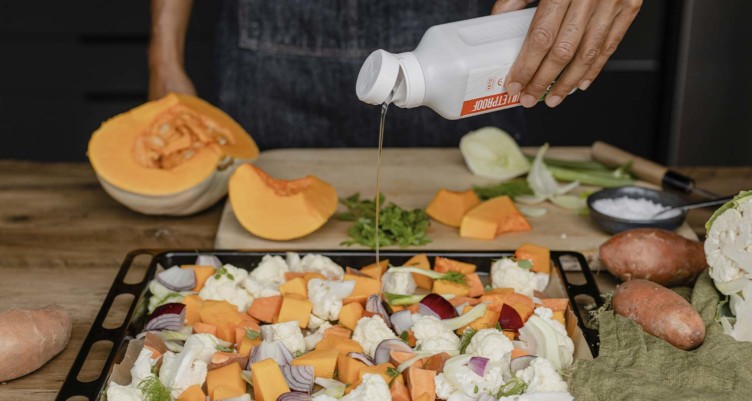
Simply put, meal prep means prepping for meals. Sometimes that means creating a meal plan, and other times that means preparing ingredients that can be combined to make various dishes quickly and easily.
While single-serve meals are the most common approach to meal prep, there are other types to choose from depending on your schedule, tastes and dietary needs.
Types of meal prep approaches include:
- Full make-ahead meals: You cook an entire meal and store it in your fridge or freezer.
- Batch cooking or freezing: Make multiple meals, then portion and store them. This method is useful for recipes you can easily cook in large batches, such as soup, quinoa or mashed sweet potatoes.
- Meals for one: Prepare food and portion it in single-serving containers. (Usually enough to last a few days.)
- Ingredient prep: For people who like to cook and serve food all at once, just prep parts of recipes. Chop veggies, mix spices or marinade meat in advance to save time when you’re ready to cook.
Why should you meal prep?
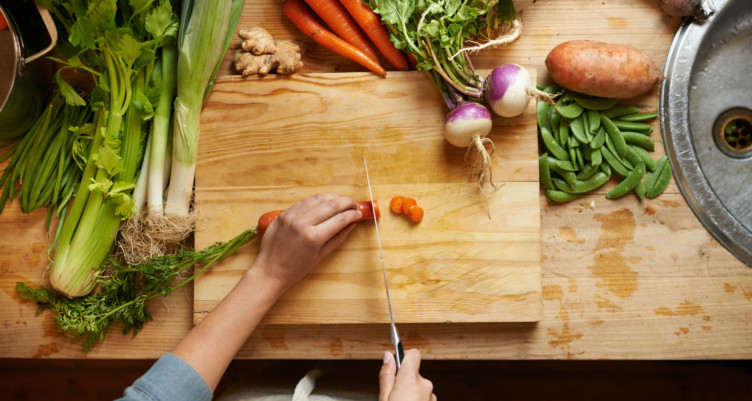
Learning how to meal prep will save you time, but it also saves money and reduces waste. And unlike ordering takeout, this method gives you complete control over what goes in your food—to help you stay on track with health goals. It can also make a busy schedule easier, since you’ll know exactly what’s for breakfast, lunch or dinner.
It’s also easier to portion control and focus on healthy recipes, avoiding those lapses in motivation where eating a pizza sounds so much better than cooking something from scratch.
To reap all the benefits of meal prep, you just need a meal plan, some meal prep containers to store your food in and some dedicated time to cook and portion your meals. Even an hour can set you up for success for the week ahead.
Is meal prep for everyone?
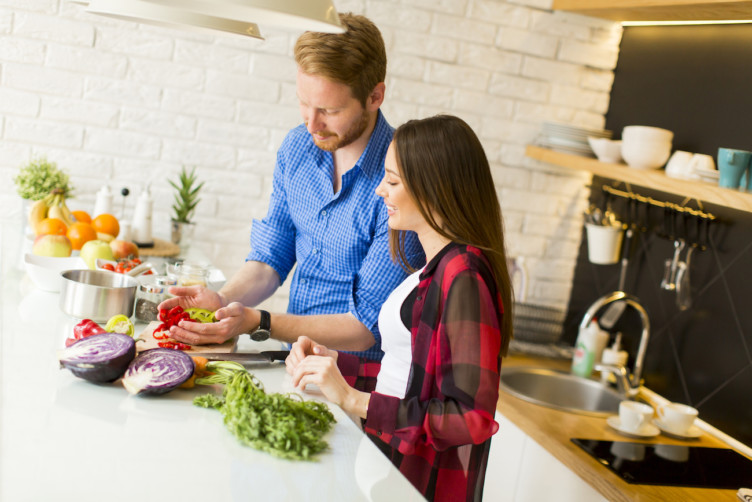
Meal prepping is useful for all sorts of people, from those trying to cut down their cook time to bodybuilders on the keto diet. However, some forms of meal prep may not be for everyone.
Some foods, such as dressed salads or cut avocados, don’t hold up well in the fridge. Most meal preppers solve this issue by cooking a main ingredient, such as chicken breast, and portioning out ingredients to go with it. Others keep salad dressing and salads separate and only make meals such as salads one or two days ahead of time.
Another way to look at meal prepping is preparing a variety of ingredients that makes cooking easier and faster. Prepping fruit and portioning out yogurt and Collagen Protein for your morning smoothie or chopping veggies to make stir fry during the week are both time-saving and take the mental load off getting breakfast, lunch or dinner ready.
Worried about fridge fermentation and a possible histamine response?[1] Avoid high-histamine foods when you cook and see if the process works for you. Consider meal prepping for a shorter time frame, or prepping single ingredients instead of full meals.[2]
Pro tip: Meal prep looks a little different for everyone. Some people cook individual portions of meals for breakfast, lunch and dinner throughout the week. Others cook just enough for two to three days of lunches. Experiment and find what works for you.
What foods can I use when meal planning?
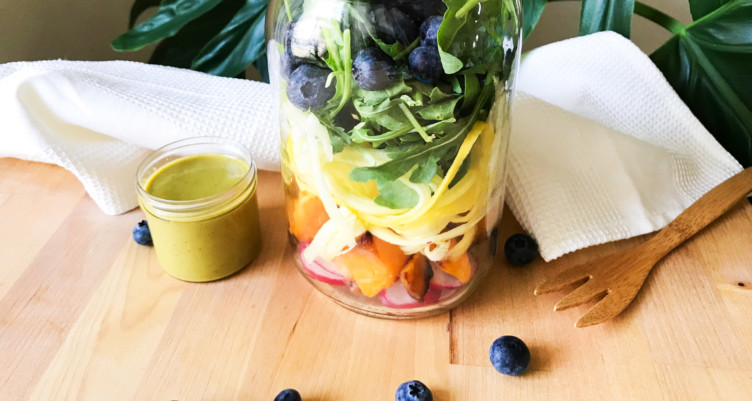
You can meal prep any food that holds up well in storage and tastes palatable to you after a few days in the refrigerator.
Cooked meat, roasted vegetables, soups, sauces, nuts and sturdy raw vegetables make good bases for meal prep recipes. Think Paleo Steak Bowls, Roasted Butternut Squash Soup and this Rainbow Mason Jar Salad.
But you can’t meal prep everything. Soft vegetables, cut fruit and crunchy food like crackers will only get softer in your refrigerator, making them less ideal choices as main ingredients for meal prepping.
If you’re new to meal prep, think about how you’ll reheat food. Will you only have access to a microwave at mealtime, or can you use a stovetop or oven? Consider recipes that you can enjoy cold or gently reheat so you don’t risk damaging fats and proteins in your food. If you do throw your prepared meal into a microwave, consider if the ingredients will stand up to more aggressive reheating.
Most importantly, choose favorite meals that you already enjoy leftover and can cook with ease. Then you can branch out with new recipes and food pairings. Keep it simple to start so you don’t waste food.
Related: 19 Ultra-Easy Chicken Recipes That Are Made for Meal Prep
How to meal prep: First steps
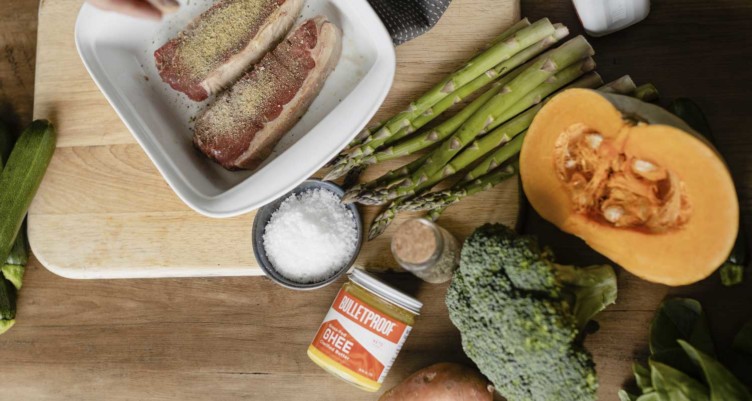
Get high-quality food storage containers
Use quality food storage containers to keep prepared food hot (or cold). Thermal, stainless steel containers are often airtight and leak-proof. They can be the ideal solution for keeping food warm or chilled. They also come in a convenient variety of sizes.
You can refrigerate stainless containers ahead of time or warm them with boiling water before adding cold or hot foods to make them last even longer. Glass containers are the safest solution of all, as long as you plan on enjoying your meal cold and can handle it carefully.
We recommend avoiding reusable plastic containers and plastic bags whenever possible. Aside from carcinogenic BPA, even BPA-free plastics can contain estrogenic chemicals that leach into your food and mess with your hormones.[3] And if you heat these plastics in the microwave, they may leach compounds into your food. So it’s good to be informed about how you’re storing and heating your food.
In addition, the more items that can safely go into your dishwasher will help streamline things after you’ve eaten your prepped meals and quickly get things clean and ready for the next week.
Choose recipes and build your menu
With simple recipes in hand, decide what you’ll cook for the week and schedule the days of the week when you want to enjoy your meals.
Take stock of what you need for those recipes, plus any missing essentials you need (like spices or Grass-Fed Ghee), and make your grocery list. (A shopping list also has the added bonus of making your online order or trip to the grocery store faster and more efficient.)
Need some inspiration for meal prep ideas? Here are some of our favorite recipes that can be made in advance and enjoyed at any time:
- Instant Pot Meal Prep Chicken
- Lamb Keto Tacos With Cauliflower Tortillas
- Sweet Potato Curry With Cilantro Lime Cauliflower Rice
- Creamy Mashed Sweet Potatoes
- Creamy Keto Chicken Soup
- Easy Slow Cooked Lamb Barbacoa
- Low-Carb Bacon Pineapple Shrimp Skewers
- Sirloin Steak With Rosemary Coffee Marinade
- Easy Vegetarian Curry (can be made vegan!)
- Slow Cooker Mexican Shredded Beef
- Low-Carb Thyme and Zucchini Fritters
- Shaved Brussels Sprouts Salad With Lemon Thyme Vinaigrette (pack vinaigrette separately)
Pro tip: One easy thing you can do to plan your week for success: Prep your snacks ahead of time. Make your own or stock up on the snacks you love, like Bulletproof Collagen Protein Bars. They’re delicious, satisfying and packed with on-the-go nutrition to support a healthy lifestyle—no cooking required.
Schedule time for meal prep
You can’t meal prep without prep time. Schedule one to two days per week to prep your meals. If you can multitask a little (use your oven and stovetop to prep more than one food at once, for example), you’ll cut down on time even more. Using a sheet pan to roast big batches of food can also cut down on prep time.
This is where kitchen appliances like the Instant Pot or Air Fryer can come in handy, along with the tried and true slow cooker (aka Crock-Pot).
While some people meal prep for the week on Sundays, there’s no single rule. If it works better for your schedule to cook on Monday and again on Thursday, go for it. The best meal prep schedule is the one that works for you.
Related: 35 Easy Keto Instant Pot Recipes for Meals in Minutes
Following meal prep food safety
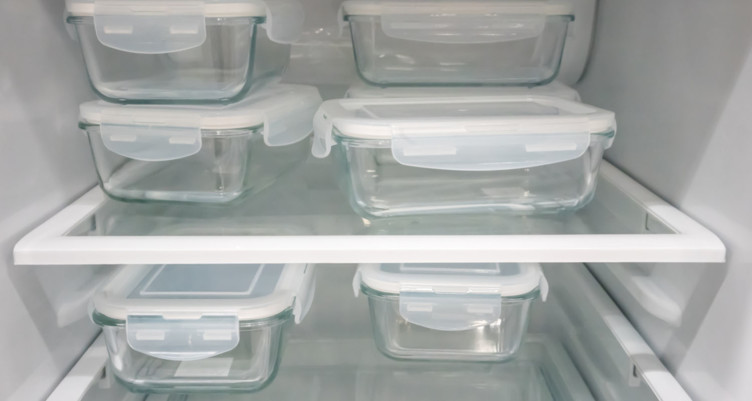
There are no hard-and-fast rules for how long your food will stay fresh. The safety of your prepared meals depends a lot on your refrigerator, how you packed it and the quality of your ingredients.
Start with the FDA’s guidelines for fridge and freezer storage to inform how long you can store prepared foods, and practice common sense when you pack food so it can last longer.[4]
Use divided containers to avoid cross-contamination (or flavor contamination), and pack wet food separate from dry food. Use ice packs to keep cold dishes cold, and pre-warmed insulated containers to keep hot foods hot in your lunch box. And of course, clean your hands and produce before you cook.
Most meal prep meals will last between three to five days in the fridge. If you want to prep meals for the whole week, you’ll want to schedule two days a week to do so (such as Sunday and Wednesday) to keep food as fresh as possible.
Should I meal prep if I don’t like eating the same thing every day?
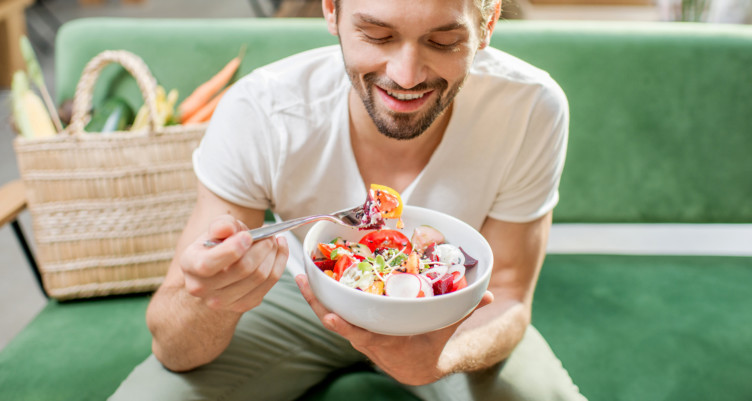
Prepping the exact same meal for the whole week can save a lot of time—but it also gets boring. If you get tired of eating the same meals over and over, make small tweaks to your meal prep to make each dish a little different.
For example, swap in different veggies, sauces or garnishes for each container to keep things interesting.
Alternatively, you can prep and freeze multiple recipes ahead of time. Then, thaw one or two containers in the refrigerator every day so you can enjoy different meals throughout the week.
How to meal prep: Avoiding common mistakes
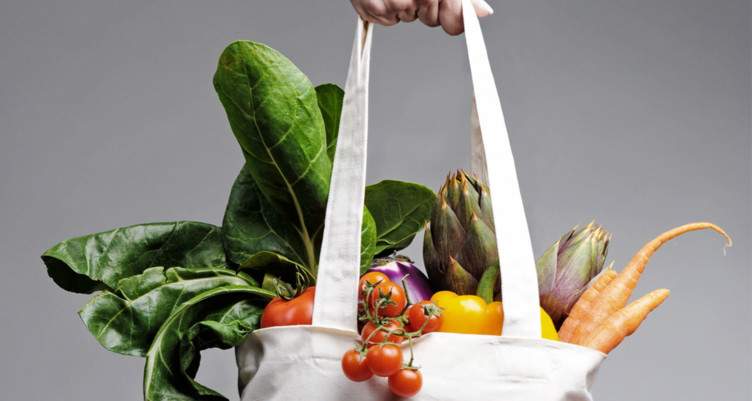
Keep meal prep simple
The key to easy meal prep is start simple. Make one-pot recipes or focus on one main dish. Avoid the temptation to spend a whole day cooking elaborate meals. Too many recipes can complicate your meal prep fast, and you may not want to do it again if it was too hard the first time. Try making just one recipe ahead of time, then meal prep additional dishes when you get comfortable.
Prep balanced meals
Depending on your diet and health goals, plan meals that will keep you satisfied. It’s easy to make a big bowl of chili for lunch, but it wouldn’t serve as a complete meal.
Make sure you get enough of the right food groups to fill out your macros. A balanced meal for keto and other low-carb diets should feature quality fats, some protein and very few carbohydrates.
Cook recipes you’ll actually eat
As long as your meal prep dishes are balanced, you don’t need to branch out of your comfort zone. For beginners, make recipes you know you’ll love—anything less could result in wasted food (and wasted time).
Once meal prepping becomes second nature, you’ll have at least a few go-to recipes you can turn to in a pinch.
Make enough food
It sounds straightforward, but make sure you prep enough food to fit your plan. Keep your schedule in mind: Events like work lunches and happy hours can interfere with mealtime. Do you truly need to prep a week’s worth of meals, or just enough for a few days at a time?
A large batch of cooked grass-fed ground beef can provide quality fats and protein for at least several meals. At the same time, though, you don’t want to run into the issue of wasting uneaten food. So, make sure to have your schedule and portion sizes in mind when meal prepping.
The bottom line: Prepping your meals ahead of time can be a convenient way to encourage better eating habits, make a busy life easier and help you meet your overall health goals. As long as you have the right ingredients, enough storage containers and a little patience, you can create delicious, nutritious dishes in advance so you can focus your attention and effort on accomplishing everything on your to-do list. Follow these tips and avoid the all-too-common mistakes and you’ll be well on your way to becoming a meal prep pro!
Need meal prep ideas that’ll keep you on your keto path? These easy-to-make recipes deliver quality fats and protein with minimal carbs.
Sign up for early access to sales, product launches, the latest Bulletproof news and more!
This article was originally published on January 20, 202 and has been updated with new content.



